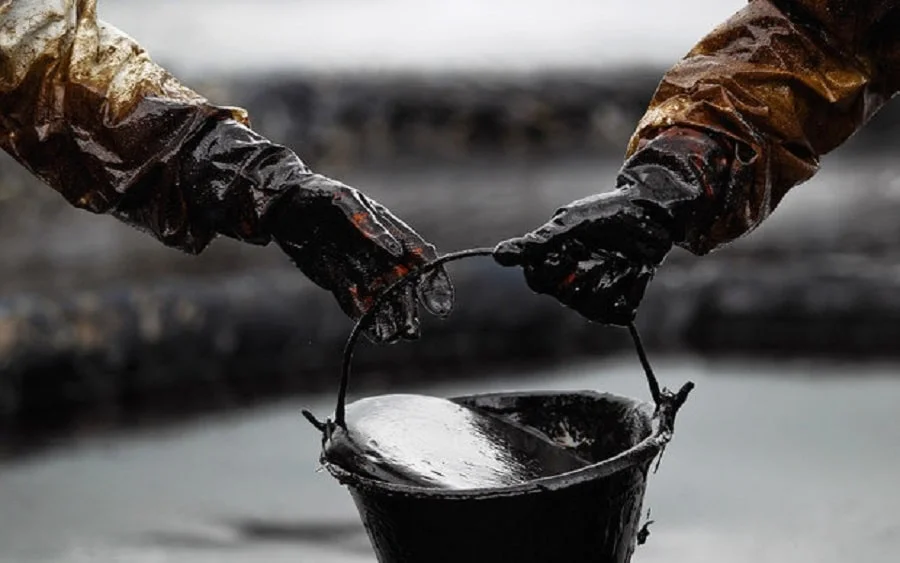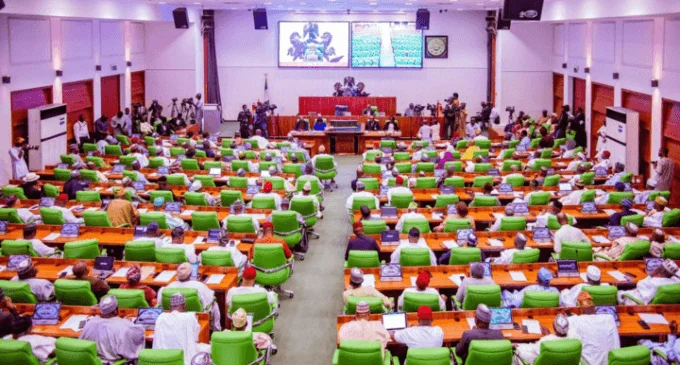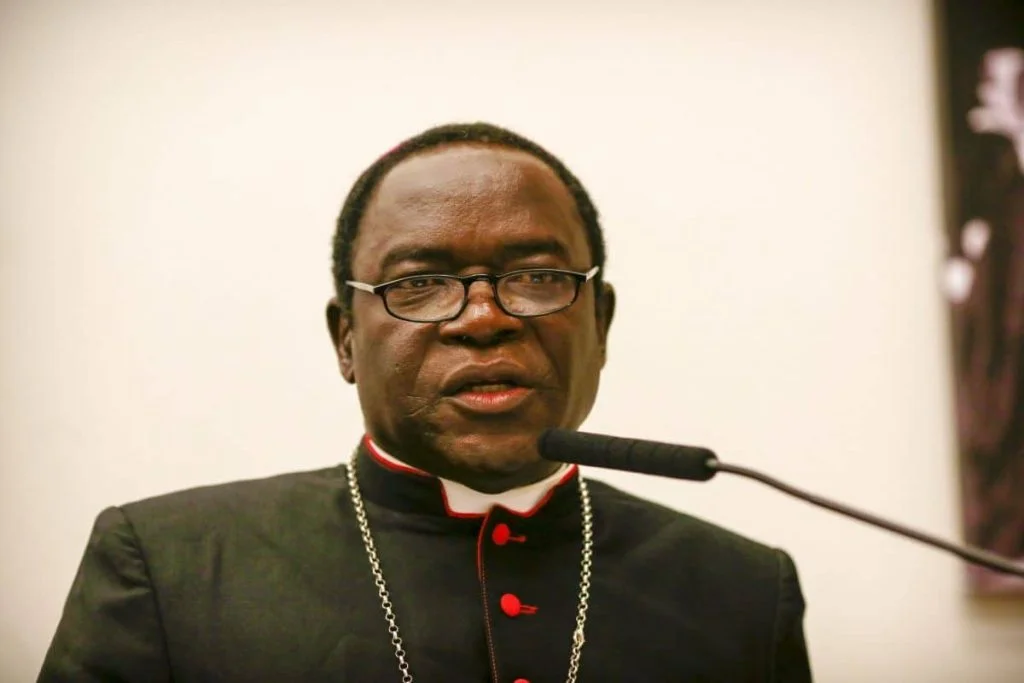Nigerian crude prices have edged closer to the Federal Government’s benchmark following a series of drone attacks on oilfields in Iraq, marking the fourth such incident and intensifying concerns over global oil supply stability.
Currently, Nigerian crude grades like Bonny Light, Brass River, and Qua Iboe are selling at approximately $72.50 per barrel. This places them just $2.50 below the government’s benchmark price, showing a steady upward trend as geopolitical tensions continue to mount.
Drone Strikes Disrupt Iraqi Output
Production in Iraq’s Kurdistan region has plunged by up to 150,000 barrels per day—more than half of its usual 280,000 bpd output—due to coordinated drone strikes. These attacks, suspected to be carried out by Iran-backed militias, targeted the Tawke and Peshkabir fields operated by DNO ASA, as well as the Dohuk and Sarsang fields. The strike on Sarsang, run by HKN Energy, ignited fires and forced a broader shutdown across the region.
Although no group has officially taken responsibility, the scale and precision of the attacks suggest a high level of coordination and pose a growing threat to the region’s oil infrastructure.
Global Demand Remains Strong
Despite the instability, global oil demand has remained resilient. Consumption in the first half of July averaged 105.2 million barrels per day—600,000 barrels more than the same period last year. This growth, driven by seasonal demand and economic recovery, has helped stabilize market sentiment.
Nigeria Targets OPEC+ Quota Expansion
In a bid to boost revenues and strengthen its influence within OPEC+, Nigeria is pushing to increase its production quota by 25%, from 1.5 million barrels per day to 2 million. Nigerian National Petroleum Company Limited (NNPCL) Group CEO, Bashir Ojulari, emphasized the need for this adjustment, citing the country’s production potential and the urgency to meet rising local and international demand.
Despite battling persistent challenges like oil theft and pipeline sabotage, Nigeria recently surpassed its OPEC quota. According to data from the Nigerian Upstream Petroleum Regulatory Commission (NUPRC), the country’s June production reached 1,505,474 barrels per day—just above its cap. When condensates are included, total output stood at about 1.7 million bpd, up from 1.65 million in May.
Local Demand Strengthens with Dangote Refinery
West Africa’s appetite for refined products is also expanding, largely driven by Nigeria’s Dangote Refinery. With a capacity of 650,000 barrels per day, the refinery—Africa’s largest—became fully operational in late 2022. Ojulari highlighted this as a turning point, enabling Nigeria to become a key hub for regional fuel supply and justifying a more flexible production cap.
Foreign Investment on the Rise
Major international oil companies are renewing their commitment to Nigeria. ExxonMobil recently pledged $1.5 billion for deepwater exploration and development projects off the Nigerian coast. Meanwhile, Shell and TotalEnergies are working to ramp up their output, with Shell aiming to start production at its Bonga North deepwater field by 2027, and TotalEnergies planning gas production from the Ubeta field within the same timeframe.
Brent Crude Hovers Near $70 Amid Market Jitters
Geopolitical instability and strong demand have influenced oil prices significantly. Brent crude traded at $69.81 per barrel, with West Texas Intermediate (WTI) following closely at $68. As investors navigate ongoing uncertainty, futures and options markets are seeing record levels of activity. Traders are hedging against price swings, while some are re-entering the market after sitting out due to last year’s volatility.
Brent has averaged around $70 per barrel so far in 2025, fluctuating between $60 and $85. In the U.S., a notable reduction in crude inventories alongside growing export volumes has also supported prices.
Asian Demand Rebounds as Refineries Restart
In Asia, demand has picked up as refineries resume operations after seasonal maintenance. This, coupled with summer travel, has helped tighten global supply. Analysts expect the oil market to remain tight for the rest of the quarter, with potential relief only expected in the fourth quarter when production increases from major exporters may kick in.
Policy and Supply Outlook Remain Clouded
However, the outlook remains uncertain. One major unresolved issue is the United States’ stance on tariffs, which may not be clarified until after August 1. This continues to act as a drag on market confidence.
Additionally, plans by top oil-producing nations to gradually phase out current output cuts could increase supply just as peak summer demand winds down, potentially stabilizing or even pressuring prices.
For the week, both Brent and WTI recorded slight losses of over 1%, reflecting the market’s struggle to price in conflicting forces—rising demand and growing geopolitical risk versus the looming possibility of higher output.













